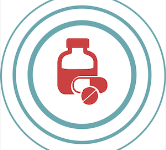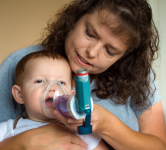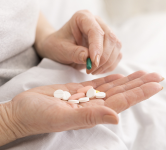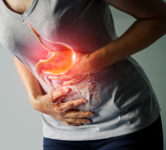FREE! Stop That Clot: Haemostasis and anticoagulants
2 hours
2 hours
Education
Structured education programmes for people on warfarin may reduce rates of bleeding and thromboembolic events (Wofford et al., 2008). Education addresses importance of follow-up testing and care, risk avoidance, diet and alcohol advice, and what to do if a dose is missed or there is concurrent illness. Warfarin tablets are not interchangeable, so must be prescribed by brand. People taking warfarin need to be aware of this and of different doses/appearances of tablets. All those taking anticoagulants need education to identify abnormal bleeding.Information leaflets are to be found in a variety of sites internationally.
Monitoring for bleeding
Caution should be taken with tourniquets and blood pressure cuff, particularly from automatic devices as these can cause multiple petichiae or bruising.Indications of abnormal bleeding include:
- Excessive bruising or prolonged bleeding from injection sites or cuts.
- Bleeding gums even with the use of a soft toothbrush.
- Spontaneous, prolonged nose bleeds.
- Heavy menstrual flow.
- Fresh blood in, or discolouration of, urine can indicate bleeding in the genitourinary tract.
- Abdominal or gastrointestinal bleeding may be signalled by nausea, vomiting, and abdominal pain and guarding.
- Blood may be present in vomitus (fresh or ‘coffee grounds’) or bowel motion (fresh or black, tarry stools).
- Difficulty breathing or coughing up bloody mucous indicate pulmonary haemorrhage.
- Cerebral bleeding may be accompanied by headache, alterations in level of consciousness and indications of increased intracranial pressure.
People taking anticoagulants should seek urgent medical attention if they are involved in a major accident, receive a substantial blow to the head or cannot stop bleeding after 15 minutes of applied pressure.





